Whether strutting across a municipal park or swimming serenely in a rural pond, geese are a familiar sight in many parts of the United States. While both the males and females have their unique traits, our focus today is on the intriguing behavior and roles of the female goose. From raising offspring to social behavior dynamics, female geese are a rich study in the complexities of avian lifestyles.
A Closer Look at Breeding the Female Goose
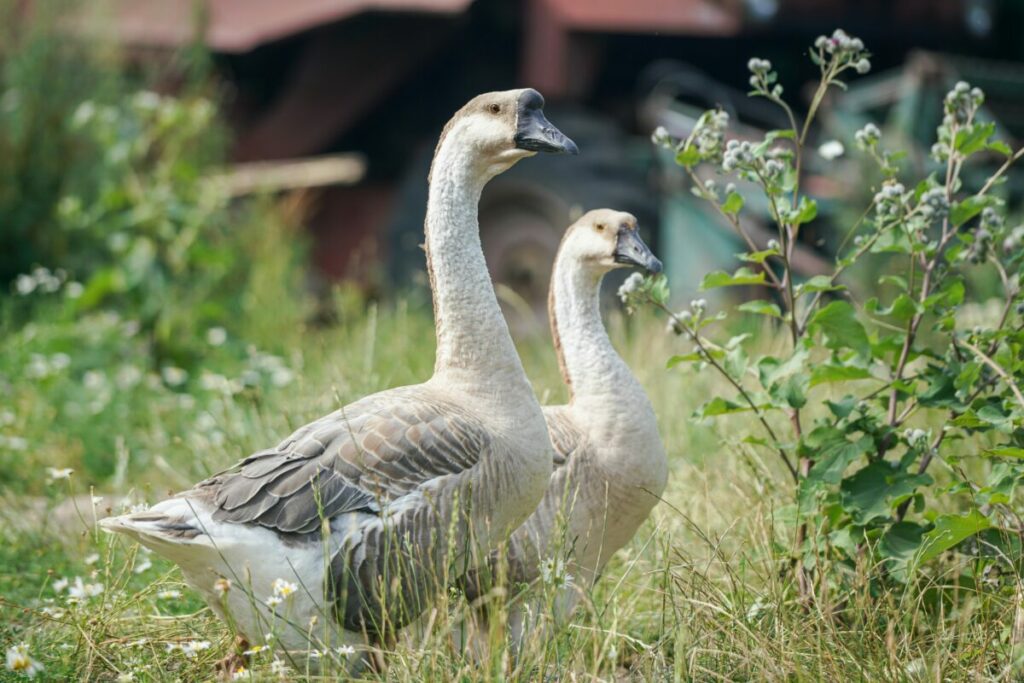
Diverse breeds of geese have been bred over the centuries, each with distinct characteristics suitable for different purposes. Some of them are excellent egg layers, while others are bred for their meat. It’s essential to be well-versed with your breed’s unique traits to make the most of your goose-raising endeavors.
Choosing the Right Conditions
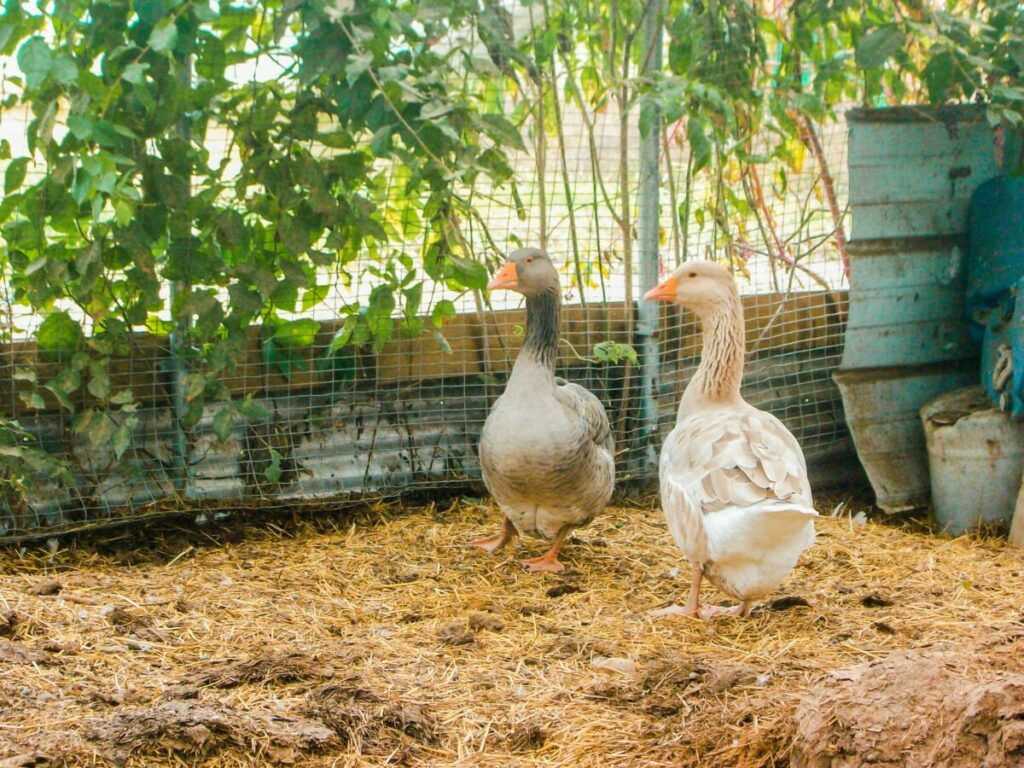
Fostering any breed requires a stable and secure environment. The shelter for our feathered friends should be well-lit and free from drafts, providing an inviting space for breeding. Let’s delve into some best practices for making their abode ideal:
- Coat the floor with absorbent substances like peat moss or straw and keep it clean and dry.
- Maintain the temperature around 85F, especially when the chicks are expected. Gradually reduce the temperature by 10F weekly until it reaches around 70F.
Understanding the Breeding Process in the Female Goose
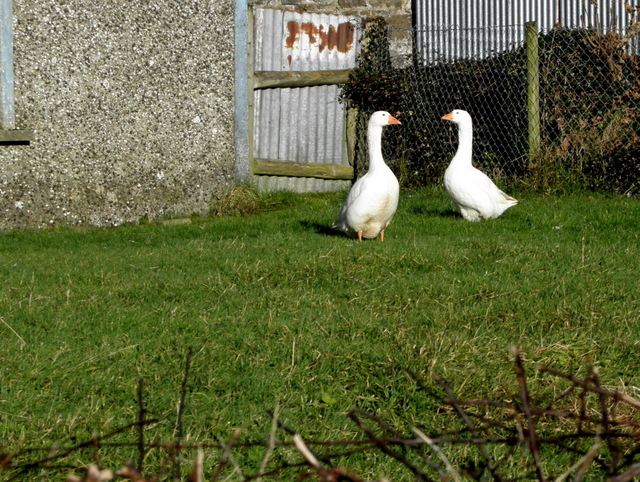
Pairing up our birds one month before the breeding season kick-starts usually results in better outcomes. Goose flocks present a fascinating contrast to most birds, as one male can mate with two to three females. Interestingly, a pair often remains together for multiple breeding seasons.
Nutrition and Incubation
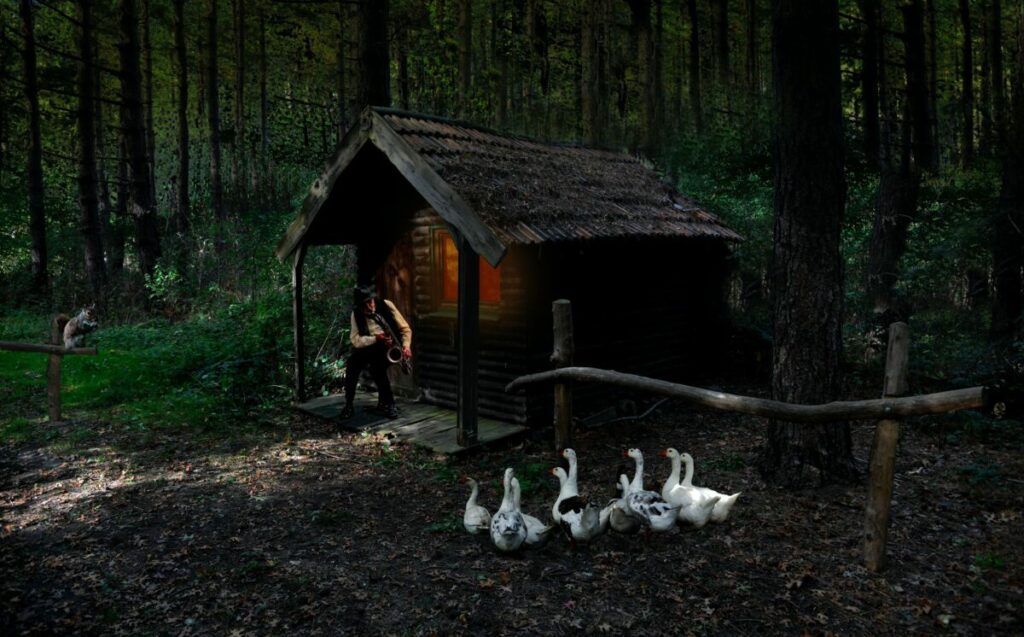
An optimal diet is critical to the breeding success and overall health of a female goose. If natural pasture isn’t readily available, specially formulated feed can be a lifesaver. However, remember not to overfeed, as excessive weight may interfere with fertility rates and subsequent egg-laying.
The incubation period for an egg varies from about 29 to 31 days. Turning of eggs is essential, and if any female is unable to do so, a helping human hand can fulfill that task, ensuring the eggs’ health.
Once the chicks hatch, they need to be removed from the nest. If not, the mother goose may leave the nest with her first batch of offspring, leaving the later substrates to fend for themselves.
Utilizing Incubators
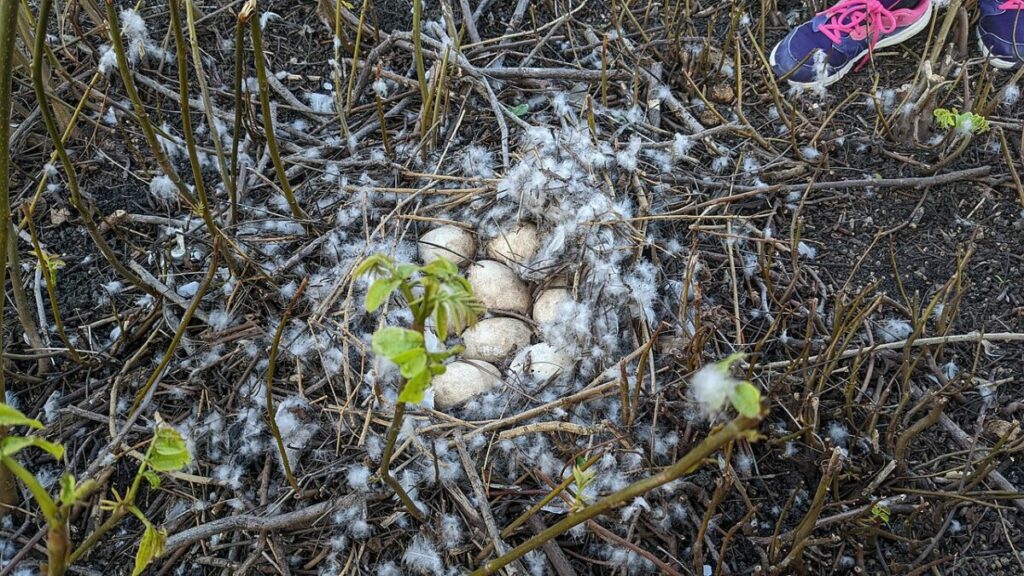
Occasionally, a female goose may abandon her nest prematurely. In such situations, incubators can be a game-changer. Following the manufacturer’s instructions will yield the best results — a clutch of healthy goslings, completing the rewarding journey of breeding.
Related Resources:
Embarking upon the journey of raising and breeding geese, particularly the female goose, is a uniquely rewarding venture. Their behavioral nuances make them fascinating creatures to interact with. In the grand scheme of nature, every role is integral, and the role of the female goose is indeed no different. Eager to learn more about animals? Stay tuned to our blog for more insightful animal-related topics. Happy reading!